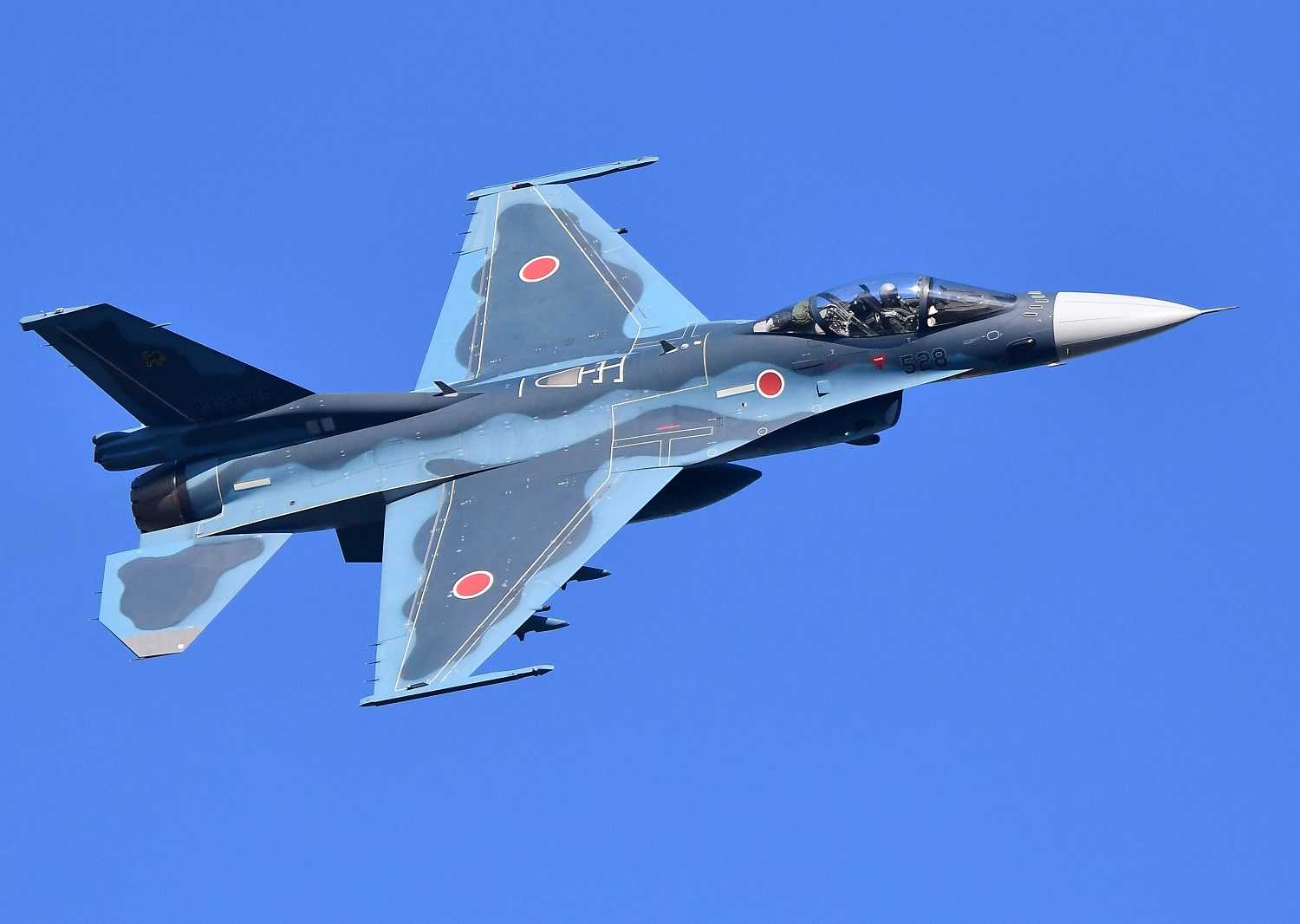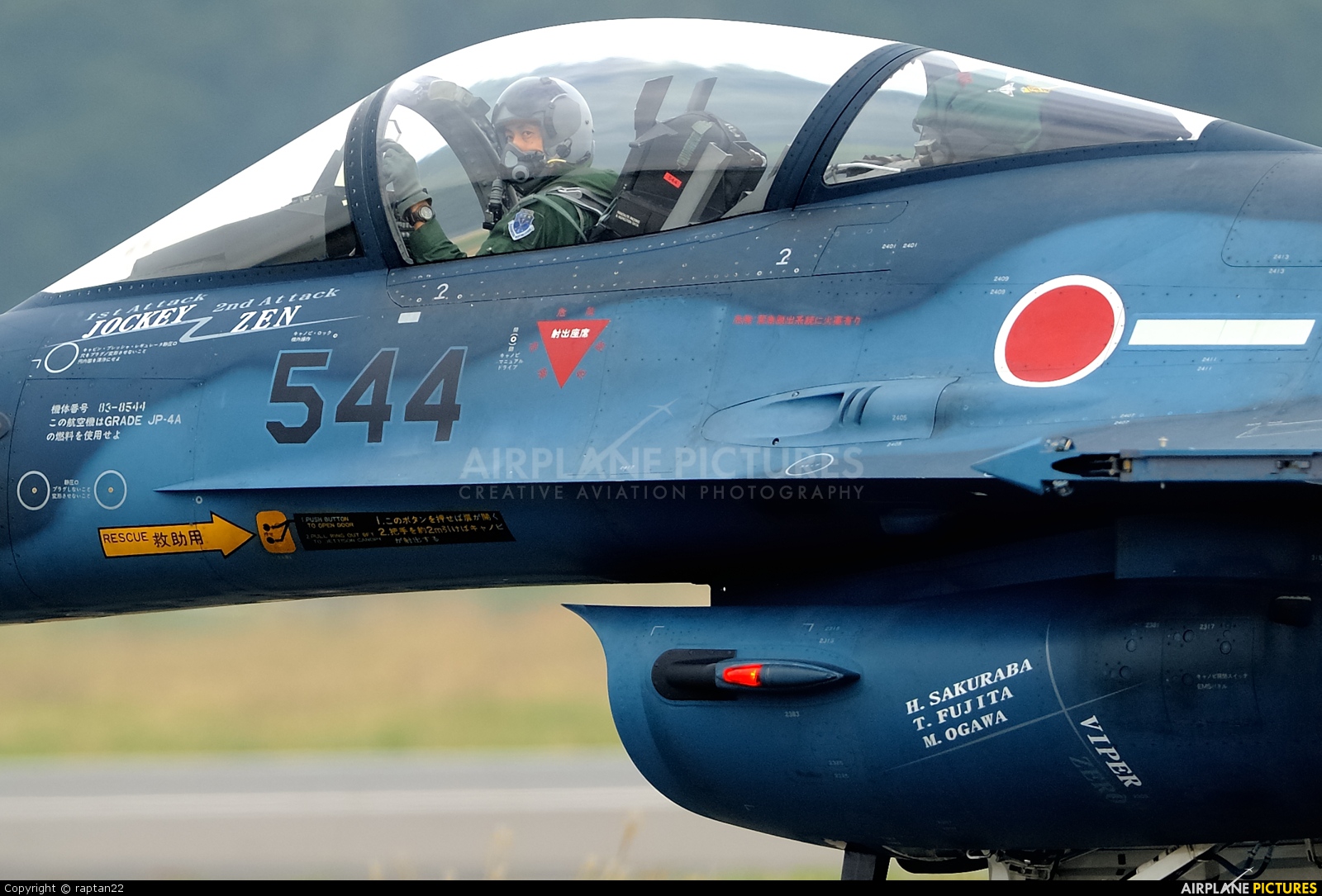F 2 Aircraft - F2 achieves a better maneuvering capability, with the introduction of an integral structure using a composite material and maximizing the wingspan. Also, with the use of various high-tech materials and structural technology, we have succeeded in making the wings lighter.
In avionics, the newest technological domestically oriented equipment has been installed, such as integrated electronic warfare system, and an on-board computer. Also, the Control Configured Vehicle (CCV) and stealth characteristics are improved, using radio wave absorption materials, and equipping the engine with more thrust to increase capability in take-offs and landings.
F 2 Aircraft

The F2 is the newest aircraft from Flight Design general aviation. One we think will define light aircraft safety, performance and comfort in a CS-23 certified aircraft and as an S-LSA. The F2 brings a fresh look at high-wing light aircraft design with class leading safety features and an innovative Garmin avionic suite.
Key Features
The spacious 'extra-large' cabin of the F2 has been designed for extra rigidity and incorporates a combination of dynamically tested passenger seats, panel-mounted AMSAFE ™ airbags and an Airframe Emergency Parachute System (AEPS) for your safety.
The atmosphere inside the F2 is improved with many clever design features, the modern heating/fresh air system and comfortable leather covered adjustable seats. Flight Design has been in the vanguard of the avionics revolution in light aircraft.
With the F2 we offer an expanded range of avionics to suit your personal aviation mission. The F2 features some of the most advanced, yet easy to use avionics from Garmin including the G3X Touch screens for unmatched situational awareness, integration of the Rotax® engine management system, checklists and diagnostic functions.
Large gull-wing doors held up by gas struts make entering and taking your seat easy. Three-point latches and door seals keep you secure inside. Comfortable leather covered seats with Confor-foam padding and 2-way adjustment offer incomparable comfort and easy adjustment in height and leg length.

Horsepower Bigger Vertical Tail Surfaces And More Fuel Capacity Earning The Name The “Wilder Wildcat”
From these seats, the remarkable visibility of F2 will give you the feeling that you are in a helicopter with a sweeping view of the world. The well-engineered engine installation reduces airframe vibration and cabin noise.
Flight Design, a European company that has sold some 900 of its CT series of light sport aircraft, has added a new brand to its offerings: the F series. Now the first of the series, the F2, is being shipped to the United States.
Initially, the F2 will be certified as an S-LSA under ASTM International standards, but by 2021 the airplane is set to earn Part 23, Level 1 certification under newly reformed, internationally standardized guidelines. This will allow the airplane to fly under instrument flight rules—and eventually, in instrument weather.
This would greatly expand its utility and capability as a trainer. The F-2 features a new wing of 25 percent greater-area and co-cured, all-composite construction, with radar absorbent material on the leading edge. In order to house additional mission avionics
that includes an integrated electronic warfare system, the F-2's The fuselage has a lengthened forward section when compared to the F-16C. Other features include a longer nose to accommodate an advanced active phased-array radar, a larger tailplane, a brake chute and a
strengthened canopy. The Mitsubishi F-2 was the second mass-produced aircraft in the world, after the Soviet MiG-31, fitted with a phased-array radar. The bright, high-definition G3X panel includes PFD, EMS and Map functions with a battery backup.

With the Garmin GTX 345 transponder the F2 is compliant with the FAA's ADS-B 2020 “Out” requirements and also has the complete ADS-B “in” features like Satellite based weather, traffic and real-time TFR notices. Depending on your preferences, navigation is provided by the G3X or by optional Garmin GTN 650, GTN 750 or GNC 255 Nav/Com.
The Garmin GFC 500™ Digital 2-axis autopilot with Level Button rounds out this well-balanced avionic suite. This is perhaps one of the most interesting Wildcat survivors (Bu #86680). It has a rich Navy and civilian history that has spanned over seventy years.
While not a combat veteran like her sisters, this Wildcat has survived to tell the story of the GM Eastern plants in New Jersey, the Escort Carriers, Island Hopping in the Pacific balanced with long summer days in the Midwest and on the coast, flying rides
, airshows and introducing several generations to flight. The structure of the F2 is manufactured to close tolerances in pre-impregnated carbon fiber for great structural strength and light weight. Flight Design General Aviation has created an international team of light aircraft industry specialists and designers to collaborate on the F2.
The advanced features of the F2 will make all your flights safer and more enjoyable but also a better environment for learning how to fly. In October 1987, Japan selected the F-16C Fighting Falcon as the
basis for a much developed version to replace the Mitsubishi F-1, primarily in the fighter support role. Although a costly ad controversial program - one F-2 costs at least the same as four Block 52/52 F-16Cs - the F-2 illustrates Japan's commitment to

maintaining its high-technology aerospace industry. The FM-2, having been built in huge numbers, was expected to guard sectors of the Japanese coast and cover the amphibious landings. The bombings of Hiroshima and Nagasaki changed everything, and the portly but deadly dogfighting Wildcat was now without a fight.
Larger multi-role aircraft like the Corsair, Hellcat and Skyraider were becoming available. Well beyond the initial F4F's vision when she was designed in 1936, the sturdy Hellcat and Corsair were capable of not only being fighters, but with their large engines, capable of being Fighter Bombers.
The smaller Hellcat seemed to be of little use to the postwar nation, and hundreds of Lend Lease Wildcats were simply dumped into the sea at the war's end...discarded examples of a bygone type, the pure fighter.
The F2 was designed specifically for CS-23 certification and to meet the ASTM F3180 low-speed flight characteristics of fixed-wing aircraft standard for departure characteristics, spinning, and stall warning. Sculpted winglets reduce induced drag, improve climb and cruising range.
The smooth cantilever strutless wing also reduces drag and allows maximum visibility from the cockpit. The highly optimized airfoil of the F2 allows generous internal volume for the fuel tanks and is also structurally efficient. The FM-2 had four wing guns versus six in the Grumman F4F-4.
Eastern knew that removing those two guns allowed the plane to carry more ammunition to the fight. The Grumman Wildcat carried 1,440 rounds for six guns, while the Eastern FM series carried 1,720 rounds for its four guns, allowing more firing time and endurance.

The FM-2 covered the Philippine campaign with distinction. Jeep carriers supplied close air support and combat air patrol over all of the invasion beaches, as well as directly against the surface fleet of the Imperial Japanese Navy during the Battle of Samar.
The top scoring FM-2 squadron, VC-27, was credited with shooting down 62.5 Japanese aircraft in 4 months during the Philippine campaign, demonstrating the lethality of the FM-2. The first XF-2A recorded the type's maiden flight on 7 October 1995.
In late 1995 the Japanese government approved a program for the manufacture of 130 aircraft with an entry into service scheduler for 1999. Delays resulting from modifications to cure structures problems delayed the F-2's entry into operational service until
2001. The current production program calls for production of 83 F-2A single-seaters and 47 F-2B two-seaters. Retaining full combat capacity, these have a fuel capacity reduced by 685 liters. The F-2Bs will be used for conversion and proficiency training,
replacing Mitsubishi T-2s. The 1.3 m (51″) Extra Large cabin width of the F2 has been designed to fit very tall and smaller people equally well. People with heights of 1.55 to 2.00 m (5′ 1″ to 6′ 6″) will sit more comfortably than ever.
Ample storage space in the cockpit is provided by great access for bulky items stored aft of the cockpit. Four cabin windows and the sunroof in the rear give the cockpit an open feeling and improve overall visibility.

Full dual controls and centrally located single lever throttle/brake quadrant are features of this ergonomically arranged cockpit. Easy-to-reach storage spaces and convenient map holders are thoughtfully provided. Modern ventilation and heat exchanger heating allow you to fly comfortably in all 4 seasons.
The F2 allows up to 50 kg (110 lb) of baggage (total) to be safely stored in the giant storage area aft of the cabin area. The elegantly sculptured Carbon Fiber fuselage of the F2 is designed for extra-large volume in the cabin and to reduce drag while providing cleaner airflow to the tail.
The large span stabilizer and separate elevator have been designed for optimal low speed control and better feel. In total, the aerodynamic features have significantly improved the F2's stability, control and its overall ease of flying.
While the top speed of the unlimited F2 will be impressively high, the F2 flies with efficiency and low fuel consumption at all speeds. CFD based virtual wind tunnel design tools were used to complete the efficient and refined aerodynamic design.
This site (www.mhi.com) uses cookies in order to improve your experience and to provide content of your interest upon revisiting the site. For more information about the use of cookies on this site, please review our cookie policy in our Terms of Use.
And please confirm that you agree to the use of cookies by clicking Yes. Terms of Use The American Heritage Museum at the Collings Foundation featuring the Jacques M. Littlefield Collection explores major conflicts ranging from the Revolutionary War until today.
Visitors discover and interact with our American heritage through the history, the changing technology, and the Human Impact of America's fight to preserve the freedom we all hold dear. Mitsubishi is the prime contractor responsible for airframe assembly
as well as manufacture of the forward fuselage section, while the Other major assemblies are produced by Lockheed Martin, Kawasaki and Fuji. With either wing tip-mounted AIM-9 Sidewinder or Mitsubishi AAM-3 air-to-air missiles, the F-2 still has 11 hardpoints available for
other stores, including the ASM-2 anti-ship missile as one of the principal weapons. The F-2 program has suffered long delays, costs escalation and a number of structural problems including wing cracking and severe flutter. Four prototypes have been built
comprising two single-seat XF-2As and a pair of two-seat XF-2B.
f2 fighter, flight design f2 specs, japan f2 fighter, mitsubishi f 2, jasdf f 2, f3 fighter, flight design f2 aircraft, t35 jet trainer